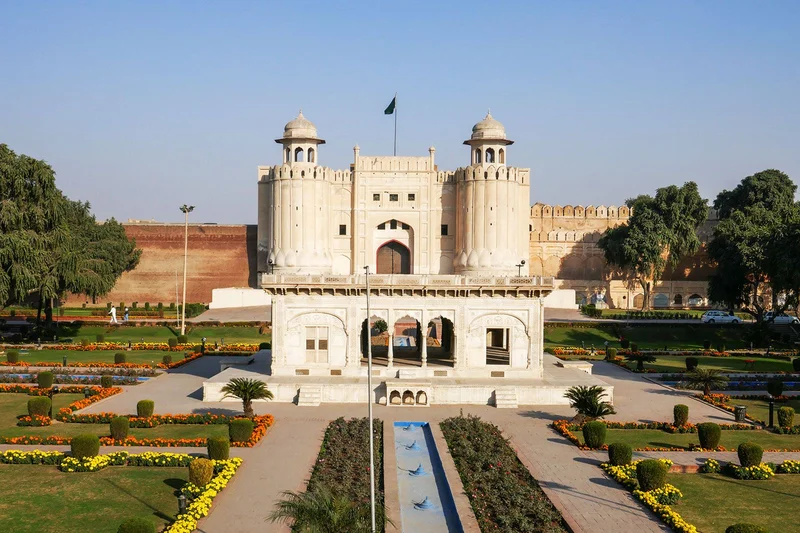Lahore, Pakistan's second-largest city, is grappling with a severe smog problem. The Air Quality Index (AQI) routinely hits the "very unhealthy" range (201-300), a stark contrast to the safe zone of 0-50. The government's response? Anti-smog machines spraying ultra-fine water mist, a measure officials are actively defending. But does this intervention actually address the root cause, or is it just a band-aid on a much deeper wound?
Let's look at the numbers. The DW report states that the real danger lies in fine particulate matter, PM2.5 and PM10, which spike in winter due to traffic, industry, and "stalled air masses." The mist machines are designed to cluster these particles and bring them down. Sounds good in theory, but what's the actual impact?
The problem is that the sources of pollution, according to DW, "remain unchecked." So, while the mist machines might provide a temporary reduction in airborne particles, they're not tackling the underlying emissions. It's like mopping up a flooded bathroom without turning off the faucet. How long can you keep that up? This begs the question: what percentage of the pollution is actually being addressed by the mist machines, and what's the cost-benefit ratio of this approach compared to, say, investing in cleaner public transportation or stricter emission controls for industries? I can't find any data on that.
The situation in Lahore is further complicated by conflicting priorities. While the city battles smog, other events paint a picture of a government struggling to balance environmental concerns with other objectives. Take, for example, the demolition of the pet market near Data Darbar. Reports indicate that animals were killed during this operation, sparking public outrage. The Lahore Development Authority (LDA) claimed that no animals were harmed, but videos posted by animal welfare organizations tell a different story.
Here's the discrepancy: On one hand, the government is deploying mist machines to combat air pollution (a move supposedly motivated by public health and environmental concerns). On the other hand, an operation like the pet market demolition suggests a disregard for animal welfare and, arguably, a lack of foresight regarding the potential environmental impact of such actions.

And this is the part of the report that I find genuinely puzzling. Consider the timeline: The pet market demolition occurred on November 6th or 7th, 2025. Chief Minister Maryam Nawaz was simultaneously in Brazil for the UN Climate Change Conference COP30. The optics aren't great, are they? How can you credibly advocate for climate action on the international stage while facing accusations of environmental negligence at home?
The Bhaati Chowk remodeling project, which led to the demolition, aimed to reduce traffic congestion and control pollution. But at what cost? The bird association claimed "all birds (parrots, sparrows, etc) were buried to death after the field operation teams raised all structures with heavy machinery." The LDA countered that this was "propaganda by the shopkeepers to defame the government." Someone is lying, or at least severely distorting the truth. Reports on Lahore’s bird market demolition sparks controversy, public outcry detail the conflicting accounts.
We're missing a crucial piece of data here: a transparent, independent assessment of the environmental impact of the Bhaati Chowk remodeling project. How much will it actually reduce traffic congestion and pollution, and what are the unintended consequences?
Then there's the Inter-Regional Futsal Championship, where Lahore Police lifted the trophy. A sporting event is, of course, a positive thing. But it also highlights the city's ability to organize and execute large-scale events, resources that could potentially be redirected towards more effective environmental initiatives. (I'm not saying shut down sports, just pointing out opportunity costs).
Lahore faces a complex challenge, and the current approach seems to be a mix of genuine effort and, perhaps, a bit of window dressing. The anti-smog machines might offer some relief, but they're not a sustainable solution. The conflicting narratives surrounding events like the pet market demolition raise serious questions about the government's priorities and its commitment to environmental protection. The numbers, or rather the lack of clear, consistent data, suggest that Lahore's smog solution is more hype than help.